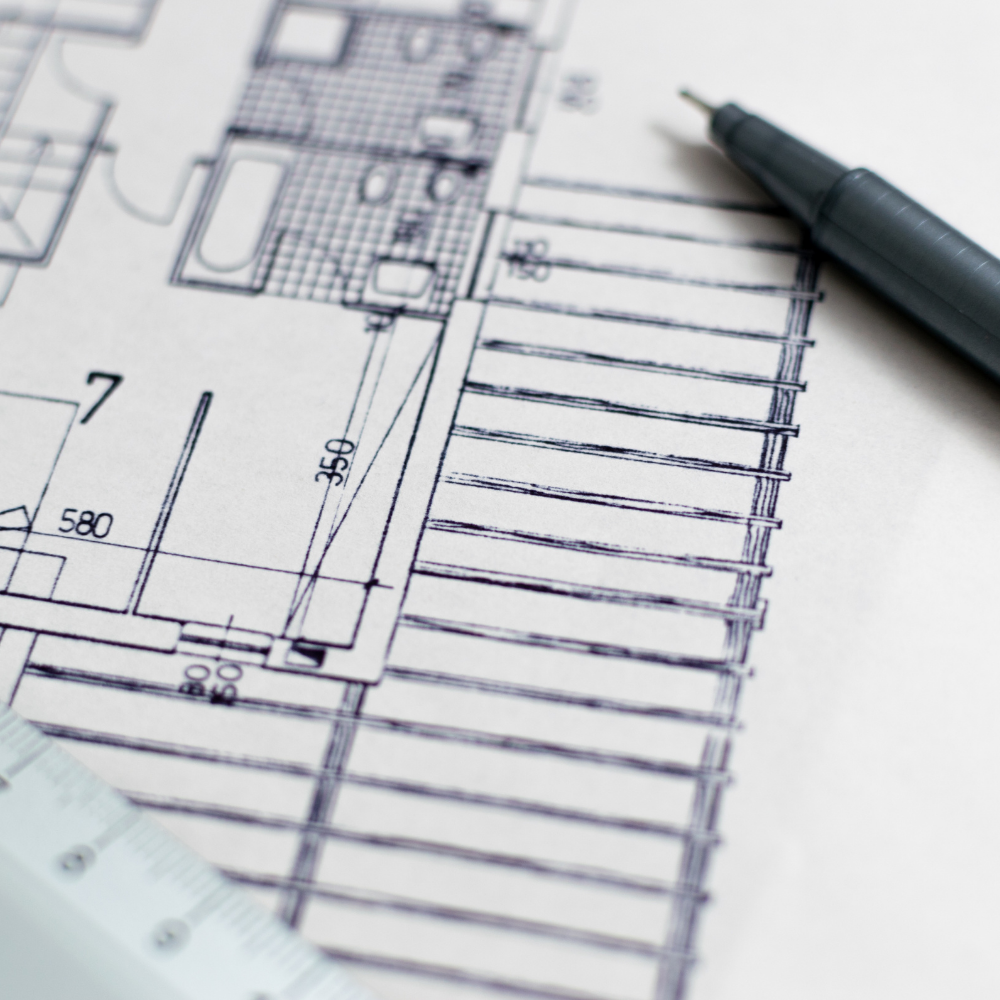Design Services
Construction design services refer to the professional services provided to clients in designing and planning construction projects. These services encompass the creation of detailed design solutions that meet the client's requirements, functional needs, and regulatory standards. Here are some examples of construction design services:
Architectural Design: Architectural design involves the aesthetic and functional aspects of a building. Architects work closely with clients to understand their vision and develop design concepts that translate into detailed architectural plans. This includes floor plans, elevations, sections, material selections, and overall spatial arrangements.
Structural Design: Structural design focuses on ensuring the structural integrity and stability of the building. Structural engineers analyze the loads and forces acting on the structure and design the structural elements, such as beams, columns, slabs, and foundations, to withstand those forces. The design ensures the safety and longevity of the building.
MEP Design: Mechanical, Electrical, and Plumbing (MEP) design involves the planning and design of systems that provide heating, ventilation, air conditioning, electrical power, lighting, plumbing, and fire protection. MEP engineers collaborate with architects and other professionals to integrate these systems seamlessly into the building design.
Civil Engineering Design: Civil engineering design encompasses the design of site infrastructure elements, such as roads, drainage systems, utilities, and landscaping. Civil engineers consider factors like grading, stormwater management, utility connections, and accessibility when designing the site layout and infrastructure.
Interior Design: Interior design focuses on creating functional and visually appealing interior spaces. Interior designers work with clients to understand their needs and preferences and develop design solutions for finishes, furniture, lighting, and spatial arrangements that enhance the usability and aesthetics of the interior spaces.
Sustainable Design: Sustainable design integrates environmentally friendly practices and energy-efficient technologies into the construction project. Design professionals consider factors such as energy consumption, water efficiency, use of recycled materials, and indoor environmental quality to create sustainable and environmentally conscious designs.
BIM (Building Information Modeling): BIM is a digital representation of the physical and functional characteristics of a building. Design professionals utilize BIM software to create detailed 3D models that enable better visualization, clash detection, and coordination among various disciplines involved in the project.
Design Review and Documentation: Design professionals provide review and documentation services to ensure that the design complies with building codes, regulations, and industry standards. They prepare design drawings, specifications, and other necessary documents for construction and regulatory approval.
Construction design services aim to create well-planned and functional spaces that meet the client's needs, comply with regulations, and achieve aesthetic and sustainability goals. Design professionals work closely with clients, architects, engineers, and other stakeholders to develop comprehensive design solutions that lay the foundation for successful construction projects.

Architectural Design
Architectural design refers to the process of creating plans, drawings, and specifications for the construction of buildings and other structures. It is the art and science of designing and shaping...
